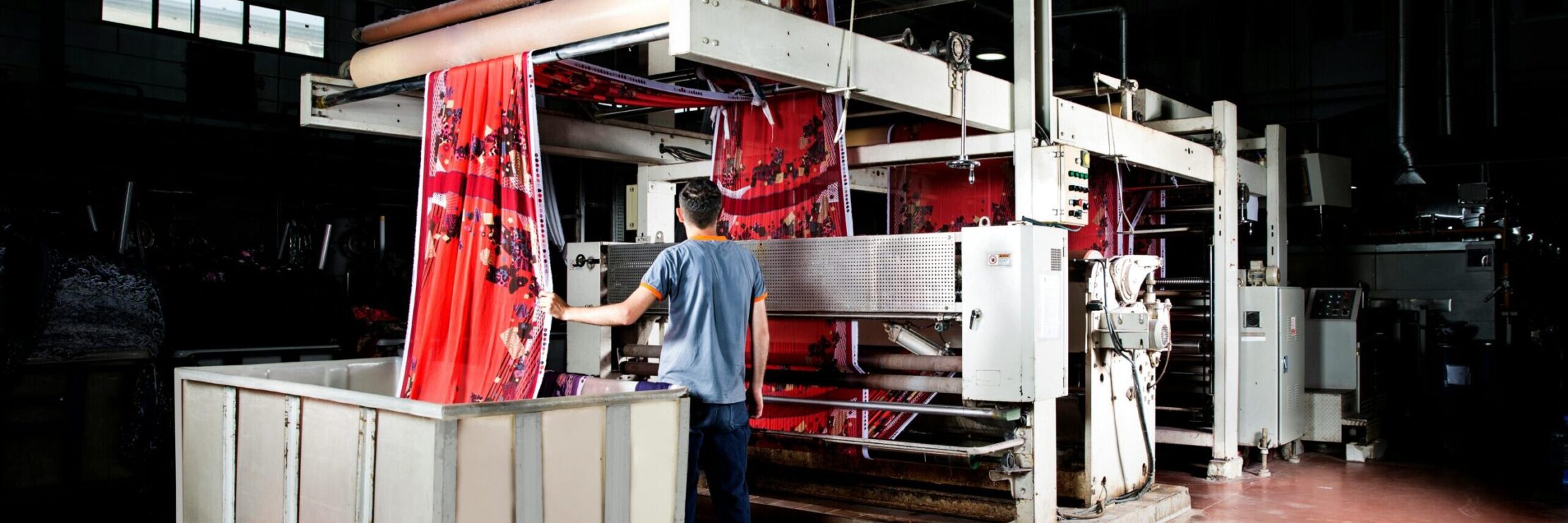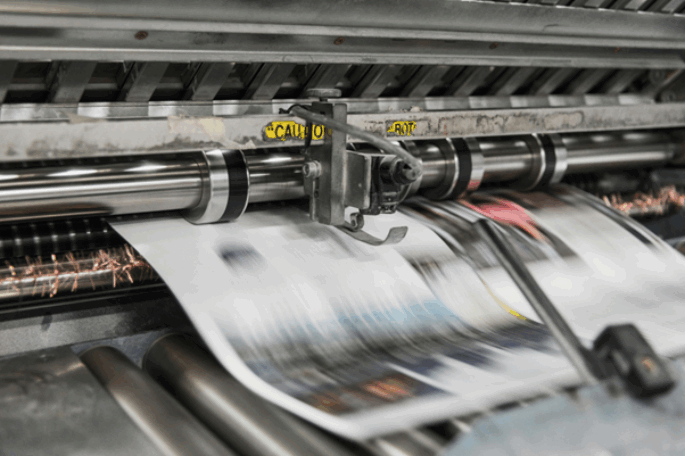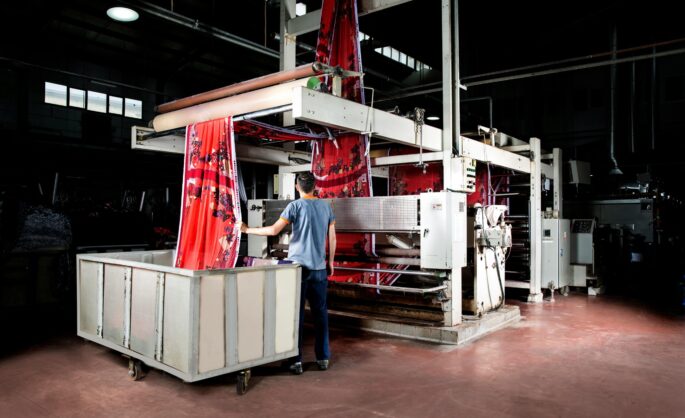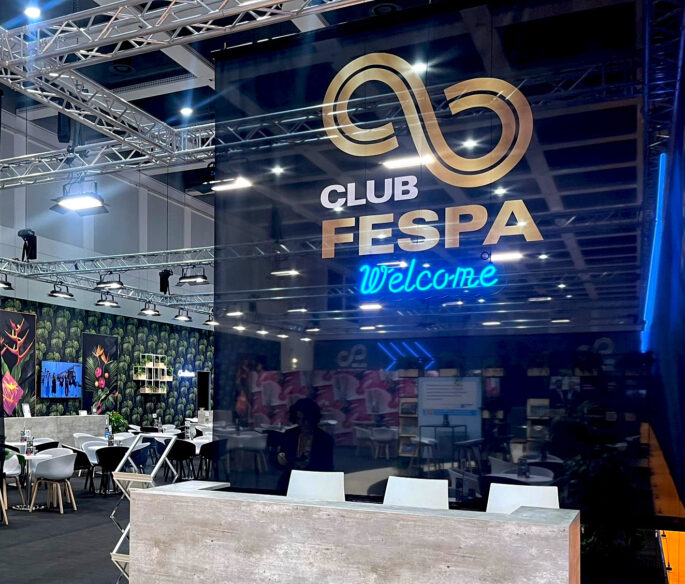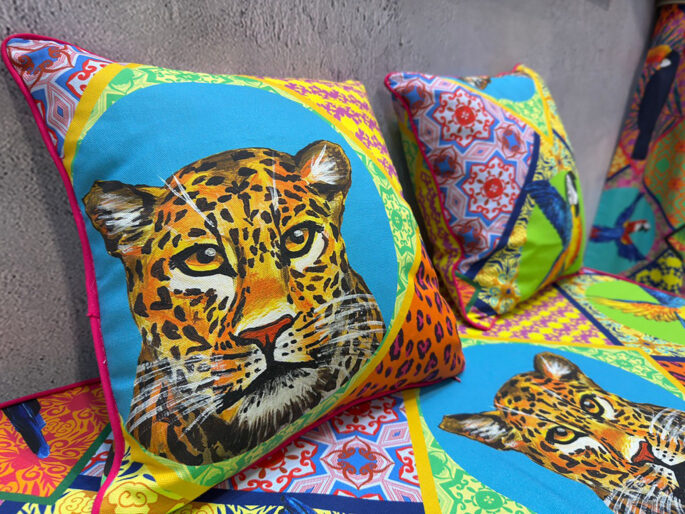
The textile industry is the fifth largest industrial polluter globally, generating massive waste; in Europe, 87% of textile waste is incinerated. To address this, ISO is developing a new standard, ISO 22067-3. This standard will provide tools for the textile and footwear supply chain to communicate and improve the environmental accountability of all printing processes.
One of the world’s worst industries when it comes to negative environmental impacts is the textile business. The sector is notoriously water and energy hungry and it generates an astonishing amount of waste. If you look at primary materials use and greenhouse gas emissions, the textile industry is the fifth largest industrial sector when it comes to environmental impacts. A report from the European Parliament says that only about 1% of used clothes in Europe are recycled into new clothes. Apparently Europeans use nearly 26 kilos of clothes per year and of this a jawdropping 11 kilos are thrown away. Some of these discarded clothes are exported outside of the EU but most of this waste is incinerated. Incineration accounts for 87% of waste textiles, according to the European Environment Agency. In places where textile waste is rising fast-fashion is making things even worse. But that’s another story. In the meantime, work is underway to help make textile printing more sustainable.
ISO is working on a new standard, ISO 22067-3. The idea is to provide tools that can make the printing part of textiles more environmentally accountable. Part three of Graphic technology — Requirements for communication of environmental aspects of printed products series is dedicated exclusively to textiles. The document aims to give printers a tool for communicating the environmental aspects of printing processes used to print textiles and footwear. Environmental aspects are those things which could have an environmental impact. This makes the document relevant for the entire production supply chain, including printing processes and printed embellishments. ISO 22067-3 doesn’t cover fabric dyeing processes, but does apply for all printing methods, analogue or digital.
ISO 22067-3 is being developed because textile production processes use such huge quantities of resource. They are responsible for numerous and complex emissions to water and air, as well as the high volumes of waste already identified for Europe. Textile and footwear printing is a manufacturing process and as such should be made more environmentally accountable. The standard summarises what needs to be considered if you want to communicate the environmental aspects of products and
processes effectively. All participants in textile and footwear print production supply chains should be interested in this work because their customers will be. Whether they are or not remains to be seen. ISO 22067-3 is going through its development stages and is expected to be published next year.
Photo by Engin Altundağ
